Recognizing When to Replace Your Chainsaw Bar
- June 26, 2024
- 0 comment
Operating a chainsaw requires not just skill and precision but also proper maintenance of its components, especially the chainsaw bar. Over time, the bar may show signs of wear and tear that can affect your saw’s performance. In this guide, I’ll detail the signs that indicate it’s time to replace your chainsaw bar and provide tips on how to extend its life.
Understanding Chainsaw Bar Wear
A chainsaw bar can wear down in several ways, each of which might signal the need for a replacement. Visible physical signs like burrs on the edges or a burnt appearance are immediate red flags.

Bars often become burnt due to inadequate oiling during cutting, which leads to excessive heat buildup. This intense heat can cause the paint on the bar to peel off and may even give the metal a bluish tint, indicating that the bar has overheated significantly.
The Dangers of a Worn-Out Chainsaw Bar
A worn-out chainsaw bar poses significant risks and can compromise your safety during operation. When a bar becomes concave, where the middle wears down more than the edges, it directly impacts how the chain maintains tension and moves.

This kind of abnormal wear usually results from improper chain tension or excessive heat due to insufficient oiling. It’s essential to ensure that your chainsaw’s chain is properly tightened; a loose chain can slip off the bar unexpectedly, potentially leading to dangerous accidents. Maintaining correct tension not only prevents such hazards but also extends the lifespan of the bar.
Checking for Internal Damage
Regular inspection of the groove where the chain sits on the chainsaw bar is crucial for maintaining optimal performance and safety. Over time, this groove can widen significantly due to wear and tear, causing the chain to fit loosely and move unpredictably during cuts.
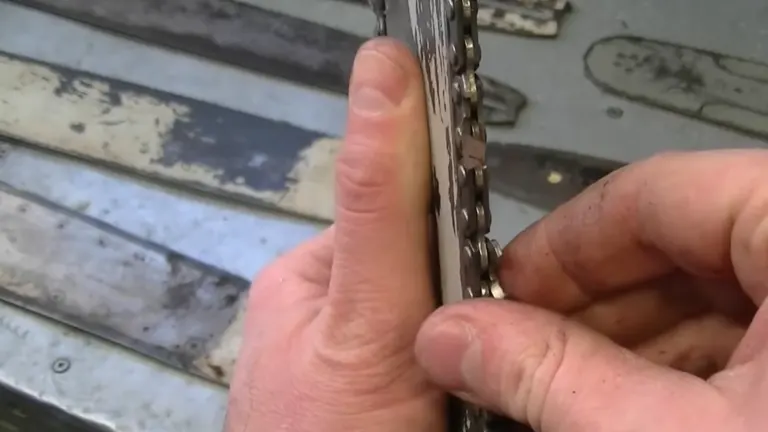
This instability not only makes precise cutting challenging but also accelerates the wear on both the chain and the bar itself. If you notice that the groove’s width has doubled compared to a new bar, this is a clear sign that the bar needs to be replaced to ensure safety and efficiency in your cutting tasks.
Preventive Maintenance and Care
Regular maintenance of your chainsaw bar is essential for extending its lifespan and enhancing your chainsaw’s performance. Make sure to keep the bar oil reservoir filled to ensure proper lubrication during operation. It’s also vital to check that the oiler holes on the bar are clear of any debris to maintain smooth oil flow.
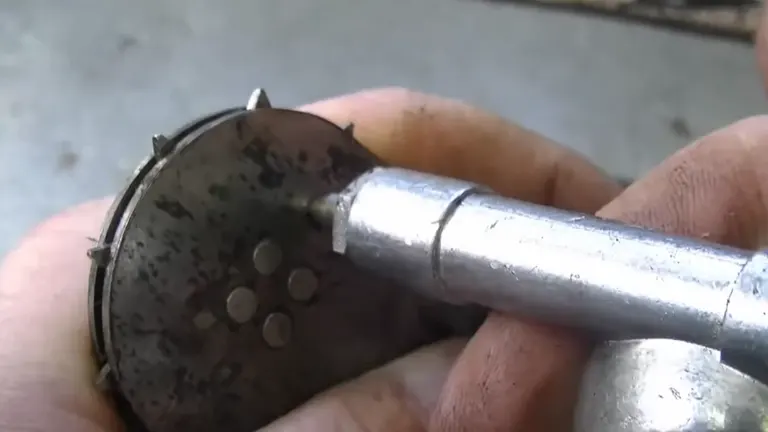
Cleaning the bar’s groove regularly and greasing the sprocket tip are also crucial steps in preventive maintenance. If your bar features a small hole at the tip, use a grease gun to inject grease periodically, which helps keep the sprocket well-lubricated and functioning efficiently. These maintenance steps can significantly improve the longevity and functionality of your chainsaw.
When to Replace Your Chainsaw Bar
When it’s time to replace your chainsaw bar, watch for severe signs of wear such as noticeable physical damage like missing chunks or a sprocket that doesn’t turn freely.
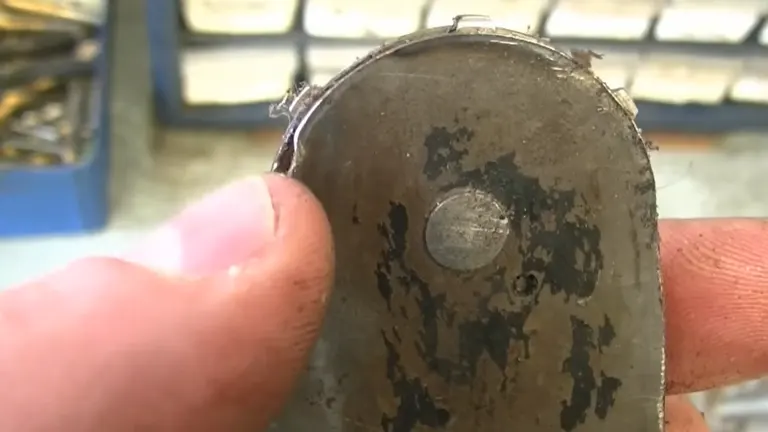
Additionally, a bar that appears bent or warped along its length is a clear indicator that it needs replacing. Ensuring your chainsaw bar is in good condition is essential for safe and effective operation.
Comparative Analysis of Chainsaw Bars
When choosing a chainsaw bar, understanding the different types available and their respective strengths is essential for making an informed purchase decision. Chainsaw bars come in various types, each suited for specific tasks and chainsaw models.
- Standard Chainsaw Bars: These are the most common type of chainsaw bars. They are lightweight and designed for general-purpose cutting, suitable for homeowners and light commercial use. They offer good balance and ease of control, ideal for cutting firewood and felling small trees.
- Carving Chainsaw Bars: These bars are thinner and shorter, designed for detailed and precision work such as carving and sculpting. Carving bars allow for better maneuverability around tight spaces.
- Laminated Chainsaw Bars: These bars have a laminated surface to reduce friction and improve durability. They are often used by professionals who require a bar that withstands rigorous and continuous use without overheating.
- Solid Chainsaw Bars: Made from a single piece of metal, solid bars are extremely durable and are used for heavy-duty cutting tasks. They are ideal for felling large trees and cutting through thick wood but are heavier and require more strength to handle.
- Sprocket Nose Chainsaw Bars: These bars have a sprocket at the tip that helps reduce friction and improve cutting speed. They are commonly used in professional forestry work.
Durability and Cost
- Standard and laminated bars are generally less expensive but may wear out faster under heavy use.
- Solid bars and sprocket nose bars are more costly upfront but offer longer life spans and can handle tougher jobs, making them cost-effective for frequent users.
Intended Use
- For occasional use and lighter tasks, standard and carving bars are sufficient and cost-effective.
- For professional or frequent use, especially in challenging conditions, investing in a solid or sprocket nose bar is advisable for its durability and efficiency.
Conclusion
Regular inspections and proper maintenance of your chainsaw bar are crucial for ensuring safe and effective operation. Replacing a worn or damaged bar not only guarantees your safety but also helps prevent additional strain on your chainsaw’s engine and mechanical components. Keeping your chainsaw bar in top condition is vital for efficient and effective woodcutting. Always wear the appropriate safety gear, and if you’re unsure about the condition of your bar, seek advice from a professional. This approach will help you maintain optimal performance and safety standards.
FAQs
- What are the signs of wear on a chainsaw bar?
Signs of wear include visible burrs on the edges, a blue discoloration indicating overheating, uneven wear making the bar concave, and visible damage such as deep scratches or gouges. - How do I maintain my chainsaw bar to ensure longevity?
Maintain your chainsaw bar by regularly cleaning the bar’s groove to remove debris, ensuring proper chain tension, and lubricating the sprocket tip and oiler holes. Using the correct oil and keeping the chain sharp will also prolong the bar’s life. - How often should I check my chainsaw bar for wear?
Inspect your chainsaw bar for wear every time you replace or sharpen the chain. Look for signs of damage or excessive wear, and ensure the bar is not bent or warped. - What should I do if the chainsaw bar is bent or warped?
A bent or warped chainsaw bar should be replaced immediately to prevent accidents or further damage to the chainsaw. - Can I file down burrs on the chainsaw bar?
Yes, small burrs can be filed down to smooth the edges of the bar. However, if the bar is heavily damaged, it may need to be replaced. - What safety precautions should I take when maintaining my chainsaw bar?
Always wear protective gear, such as gloves and safety glasses, when maintaining your chainsaw. Ensure the chainsaw is powered off and the chain brake is engaged before performing any maintenance. - What are the risks of using a damaged chainsaw bar?
Using a damaged chainsaw bar can lead to accidents, such as the chain coming off during operation. It can also cause uneven cuts and further damage the chainsaw. - How do I know if the chainsaw bar needs to be replaced?
Replace the chainsaw bar if you notice significant wear, such as a thin or concave shape, visible cracks, or if the sprocket no longer turns freely. - What is the correct way to store a chainsaw to protect the bar?
Store your chainsaw in a clean, dry place. Hang it on a wall or place it in a case to prevent the bar from bending or getting damaged. Clean and oil the bar and chain before storing. - How does improper chain tension affect the chainsaw bar?
Improper chain tension can cause the bar to wear unevenly. A chain that’s too tight adds unnecessary stress, while a loose chain can jump off the bar and cause damage or injury.
Do you have questions or insights about maintaining your chainsaw bar? Did this guide help you understand when and how to replace it? Jump into the comments below and share your thoughts and experiences. Your feedback could help others, and we love hearing from our readers!

David Murray
Forestry AuthorI'm David Murry, a forestry equipment specialist with a focus on chainsaw operation. With over 13 years of experience, I've honed my skills in operating and maintaining a wide range of machinery, from chainsaws to log splitters. My passion for the outdoors and commitment to sustainable forestry drive my work, which emphasizes safety, efficiency, and staying updated with industry advancements. Additionally, I'm dedicated to sharing my expertise and promoting environmental awareness within the forestry community.


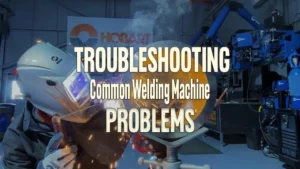


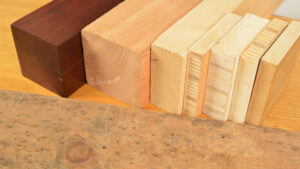


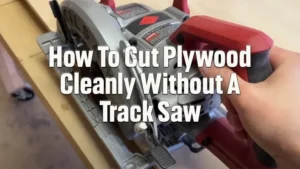

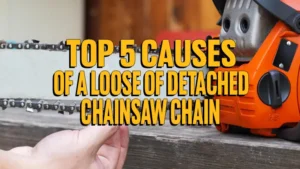
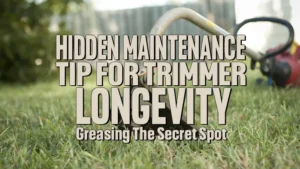
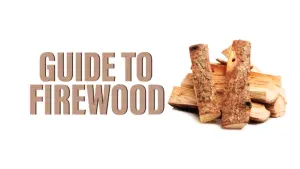
Leave your comment